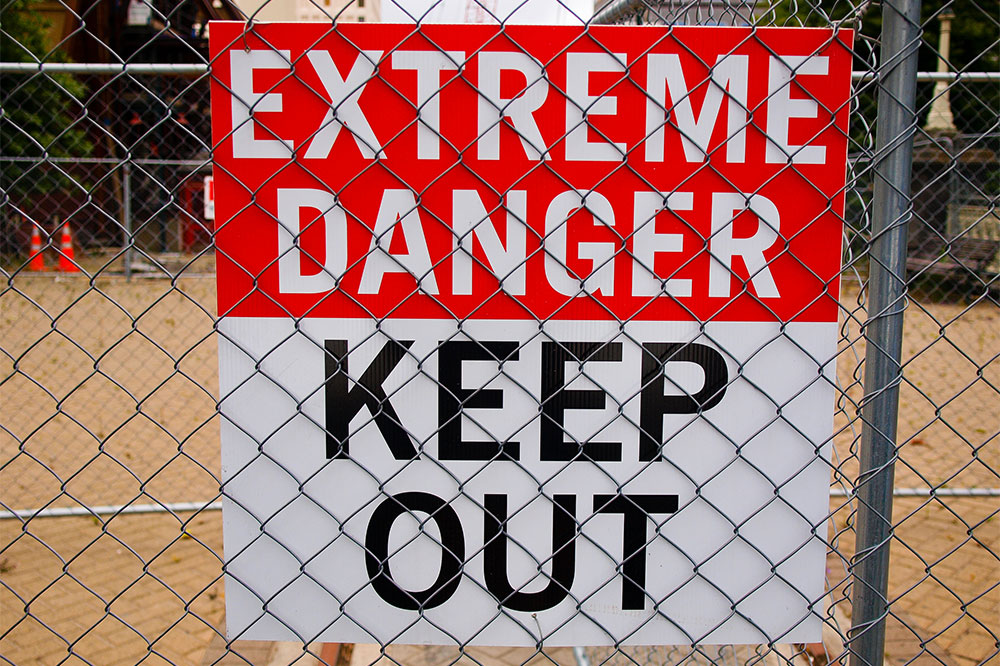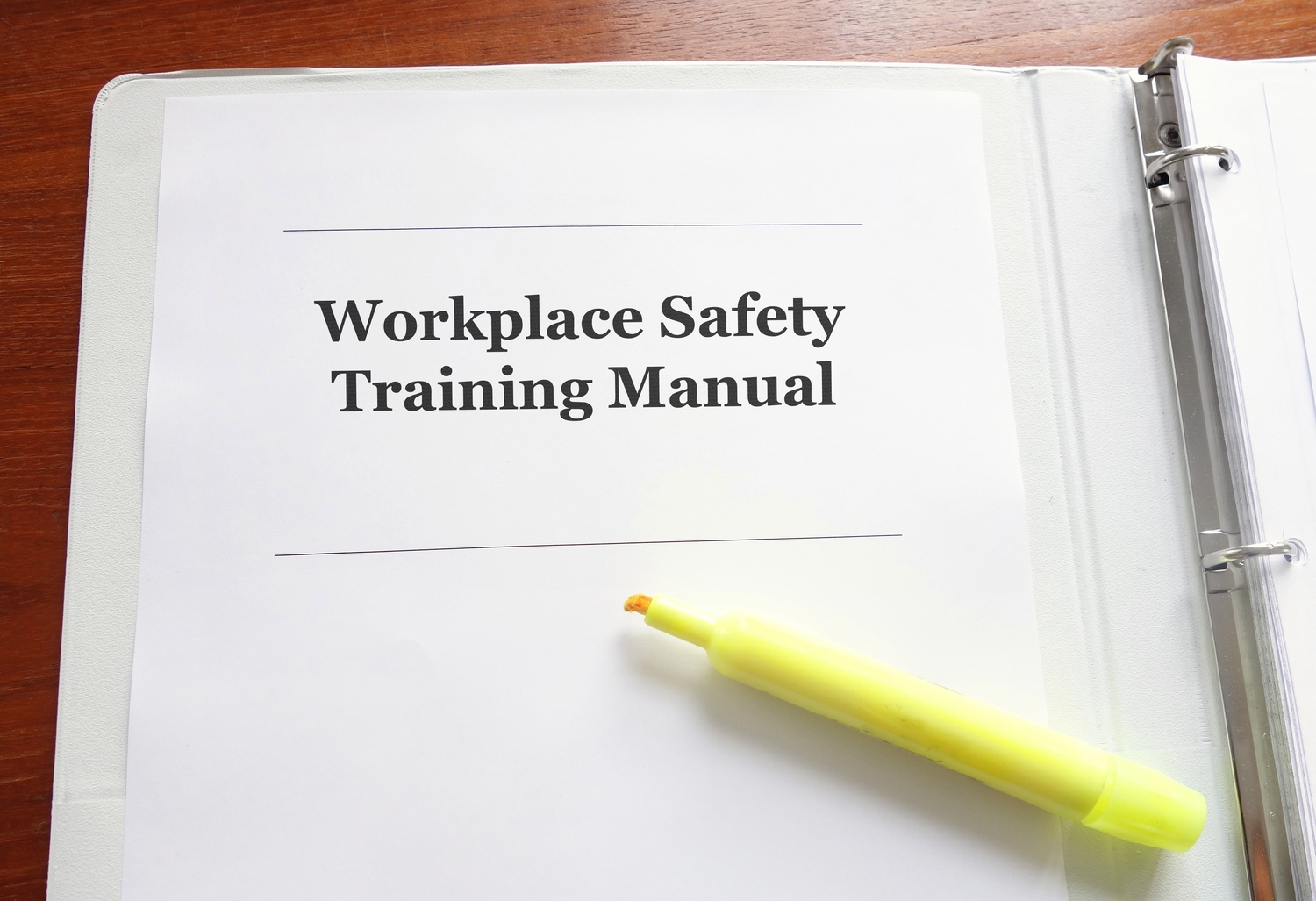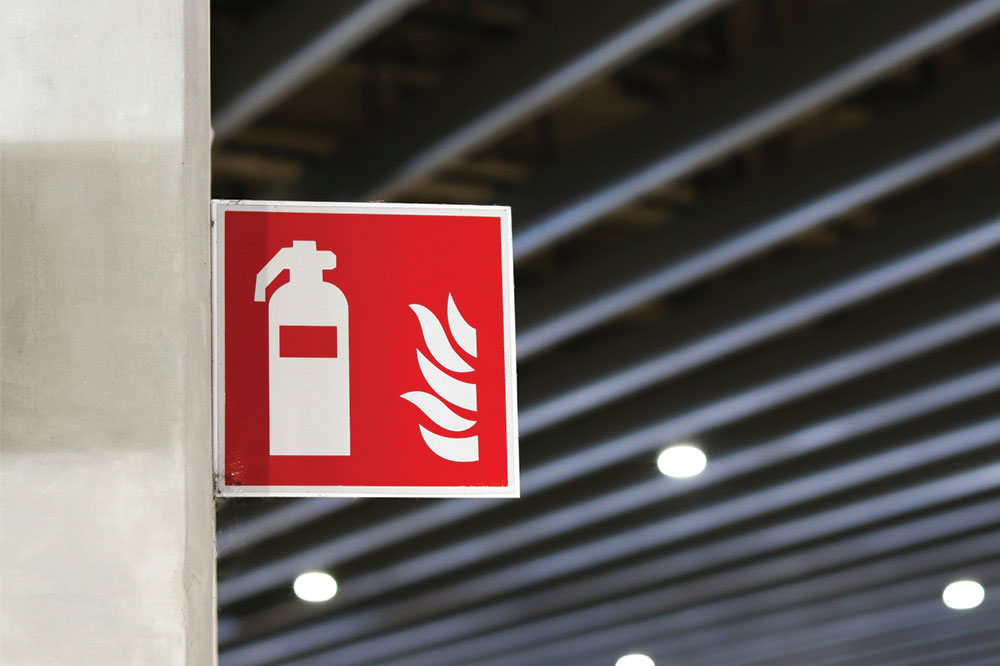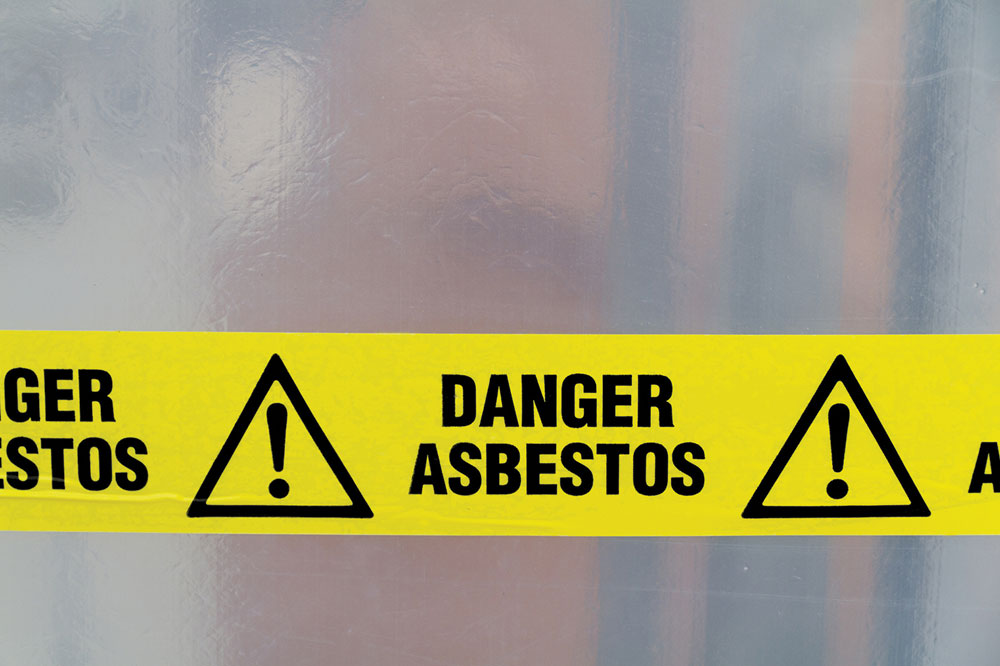Comprehensive Guide to Creating Effective Workplace Safety Signage: Top Strategies and Best Practices
Discover comprehensive strategies for designing effective workplace safety signage. This guide covers hazard identification, the importance of color coding, clear language, and strategic placement to enhance safety communication, prevent accidents, and ensure compliance. Improve your safety signage system today with expert insights and best practices for a safer work environment.
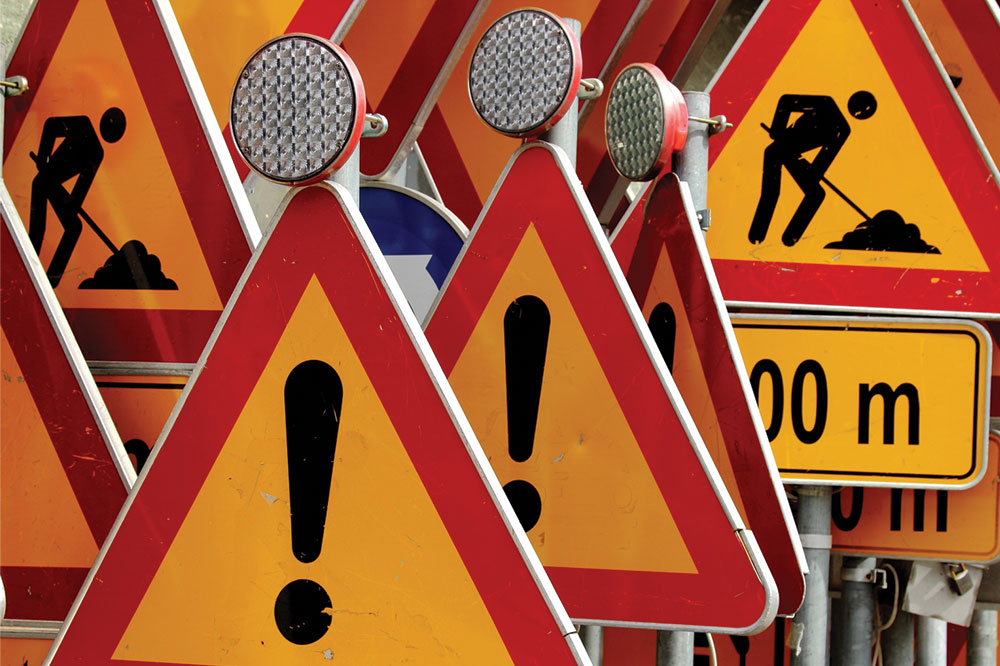
Comprehensive Guide to Creating Effective Workplace Safety Signage: Top Strategies and Best Practices
Workplace safety is a critical concern that directly impacts employee well-being, operational efficiency, and compliance with legal standards. Over the years, many workplace accidents have resulted in injuries, disabilities, and even fatalities, prompting companies and organizations worldwide to prioritize safety measures. One of the most effective and straightforward ways to promote safety awareness is through well-designed safety signage. These signs act as visual cues that communicate hazards, safety precautions, and emergency procedures, helping prevent accidents before they happen.
However, simply having safety signs in place isn’t enough; the effectiveness of these signs depends heavily on their clarity, visibility, and strategic placement. Poorly designed or poorly located signs can be ignored or misunderstood, rendering them useless in crisis situations. Therefore, understanding how to create impactful safety signage is essential for anyone responsible for workplace safety management. This comprehensive article explores the top three strategies for designing effective workplace safety signage, along with additional best practices to ensure your signage system is both compliant and highly functional.
Identify and Assess Potential Hazards in the Workplace
The foundation of effective safety signage begins with a thorough hazard assessment of your work environment. Whether your workplace is an industrial facility, an office building, a construction site, or an outdoor operational area, each presents its unique risks. Conducting a detailed hazard analysis involves examining all operational zones to identify potential dangers that could cause injury or harm to employees, visitors, or contractors.
Begin by reviewing previous incident reports, safety audits, and near-miss records. These documents often highlight recurring issues and overlooked risks that require clear warnings. Observe ongoing activities to see where hazards are most likely to occur, such as near heavy machinery, electrical panels, chemical storage areas, or high-traffic pathways. Consult with employees who work directly with or near these hazards to gain insights from their experiences.
It’s equally important to evaluate external areas such as parking lots, loading docks, or outdoor storage zones. Hazards do not respect boundaries, so a comprehensive assessment ensures no risk is overlooked. Once hazards are identified, categorize them based on severity, frequency, and impact. This classification will guide the development of specific safety messages and signage content tailored for each risk.
Regularly revisit this hazard assessment process, especially after renovations, new equipment installation, or changes in workflow. A dynamic approach guarantees that your signage remains relevant, effective, and aligned with current operational conditions.
Leverage Color Coding and Clear Safety Language
One of the most critical aspects of effective safety signage is the use of universally recognized color codes and straightforward safety terminology. Colors serve as quick visual identifiers that can communicate hazard levels and urgent messages at a glance, even from a distance. Regulatory agencies like ANSI (American National Standards Institute) and OSHA (Occupational Safety and Health Administration) establish standards for color codes and safety signs to maintain consistency and clarity across industries.
For example, OSHA designates red for danger or immediate hazards—signs indicating fire hazards, electrical risks, or explosions often feature red backgrounds with bold black or white text. Yellow signals caution, warning workers of potential hazards that require attention, such as slipping or tripping risks. Green typically signifies safe conditions, emergency exits, or first aid facilities, guiding people toward safe zones. Blue is often used for informational signs, such as mandatory instructions or safety equipment relating to personal protective gear.
Beyond color, using clear and concise safety words enhances understanding. Common terms like “Danger,” “Warning,” and “Caution” are effective for conveying severity levels. For example, signs with “Danger” should be easy to spot, with high contrast colors and large font size to ensure quick comprehension. When designing safety signage, avoid ambiguous or overly technical language that might confuse non-specialist employees.
In situations where specific hazards are involved, pairing visual symbols with text can improve recognition and understanding. Pictograms or icons depicting a biohazard, electrical shock, or chemical hazard quickly communicate risk even to those with language barriers or limited literacy skills. Ensuring your signage employs both visual and textual cues increases overall clarity and effectiveness in maintaining a safe workplace environment.
Strategic Placement and Reassessment of Safety Signs
Designing effective safety signage also involves strategic placement to maximize visibility and comprehension. Signs should be positioned thoughtfully, considering line of sight, lighting conditions, and typical human behavior patterns within the workspace.
Place signs as close as possible to the hazard source while ensuring they are visible from a distance where employees or visitors typically approach or pass through. For example, a warning sign for a high-voltage electrical panel should be mounted at eye level directly on the equipment or nearby wall, visible before someone reaches the hazard zone. Similarly, signs indicating mandatory PPE requirements should be placed at entry points or just before hazardous areas to prompt compliance early.
Use elevated mounting heights on walls or posts for outdoor signs to reduce obstruction and damage. Avoid cluttering high-traffic pathways with too many signs, which can cause visual fatigue or distraction. Instead, prioritize critical warnings and combine signs where appropriate to reduce visual noise.
Furthermore, regularly evaluate the placement and condition of safety signage through routine inspections. If the layout of the workspace changes due to renovations, new equipment installations, or workflow modifications, update or reposition signage accordingly. Damaged, faded, or obscured signs must be promptly replaced to maintain visibility and compliance.
Employee training also plays a vital role in ensuring the effectiveness of safety signage. Educate staff on the meanings of safety colors and symbols, and encourage them to report any damaged or missing signs. An engaged workforce actively contributes to a safer work environment.
In conclusion, effective workplace safety signage hinges on a comprehensive hazard assessment, strategic use of color and language, and optimal placement. By adopting these three core strategies, organizations can significantly enhance hazard communication, foster a safety-conscious culture, and ultimately prevent accidents. Maintaining an ongoing review process ensures that safety signage remains relevant and functional, adapting to evolving workplace conditions and regulations. Prioritizing visual clarity, consistency, and visibility creates a safer, more compliant, and more productive work environment for everyone.
Remember, safety signage is not just about compliance—it’s about protecting lives, enabling quick response during emergencies, and cultivating a culture of safety that employees trust and follow. Implement these best practices today to make your workplace safer and more resilient.
